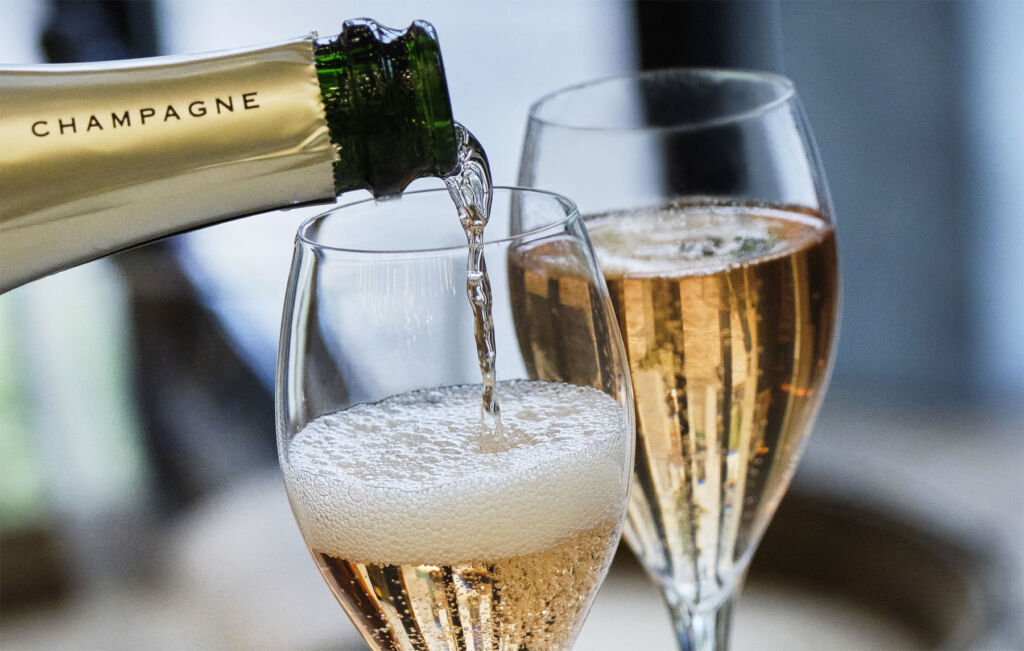
Whether you’re celebrating birthdays, weddings, or life’s day-to-day achievements – there is no drink more synonymous with a joyful gathering than Champagne. However, how much do you “really” know about this legendary drink? Fortunately, one of, if not the most knowledgeable body in the world today, is on hand to fill in the gaps.
To kick things off, let’s start with a couple of interesting snippets you might be unaware of; there are around a million bubbles in one glass of Champagne, and the pressure in a Champagne bottle is around three times that of a car tyre – surprising, eh?
There’s much to learn about one of the planet’s most famous drinks. To help fill in the gaps between the bubbles, The Champagne Bureau UK has given us five reasons why it is the unchallenged, long-standing pinnacle of sparkling wine.
Firstly, Champagne only comes from Champagne
Champagne is a 100% French product – the Champagne region is located in France, approximately 90 miles east of Paris. It is a protected appellation (AOC).
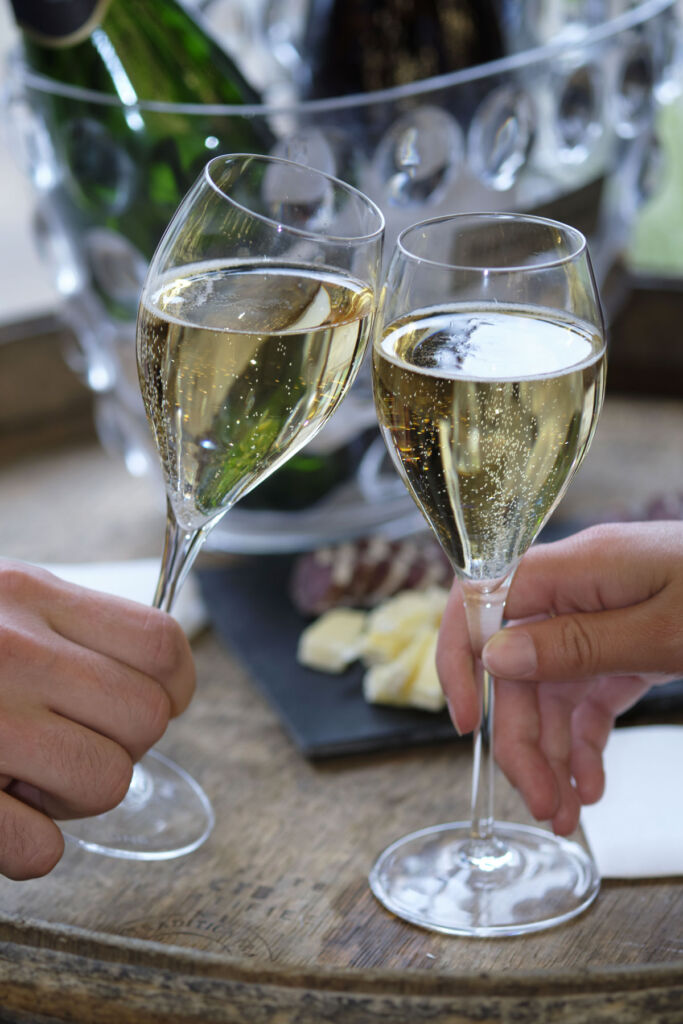 For more than 1000 years, France’s Royal coronations have taken place in Champagne’s Reims Cathedral, where Champagne was said to flow freely at all the coronation banquets.
For more than 1000 years, France’s Royal coronations have taken place in Champagne’s Reims Cathedral, where Champagne was said to flow freely at all the coronation banquets.
Champagne quickly became the go-to gift for royalty visiting the region due to its taste and finesse. It’s how it came to be known as the wine of coronation and, in France, as “the wine of Kings and the King of wines”.
The first reference to “Champagne Wines” appeared in 1690 – the years from 1670 to 1720 marked a turning point in the history of Champagne winemaking as this was when the production of sparkling wines became a deliberate choice in the region.
Until this point – the effervescence (i.e., the bubbles) depended on external conditions. This marked the first time that wine had been produced within a specific region and was identified by its name.
More recently, in July 2015, the Champagne Hillsides, Houses and Cellars were added to the UNESCO World Heritage list – having been recognised as symbolic places where Champagne wines were born and are still produced.
The Méthode Champenoise
In Champagne, the Méthode Champenoise is used – this method calls for two rounds of fermentation, one in a tank or barrel, the second in the bottle itself. Yeast is added, and the bottles are left tipped, neck down, so when the second fermentation has finished – the dead yeast cells collect in the neck, and disgorgement occurs.
The Champagne is then resealed and left to age. For a non-vintage, this is for a minimum of 15 months, and a vintage must be aged for at least three years. The process is known as maturation on lees – the lees consist of yeasts that have multiplied in the bottle.
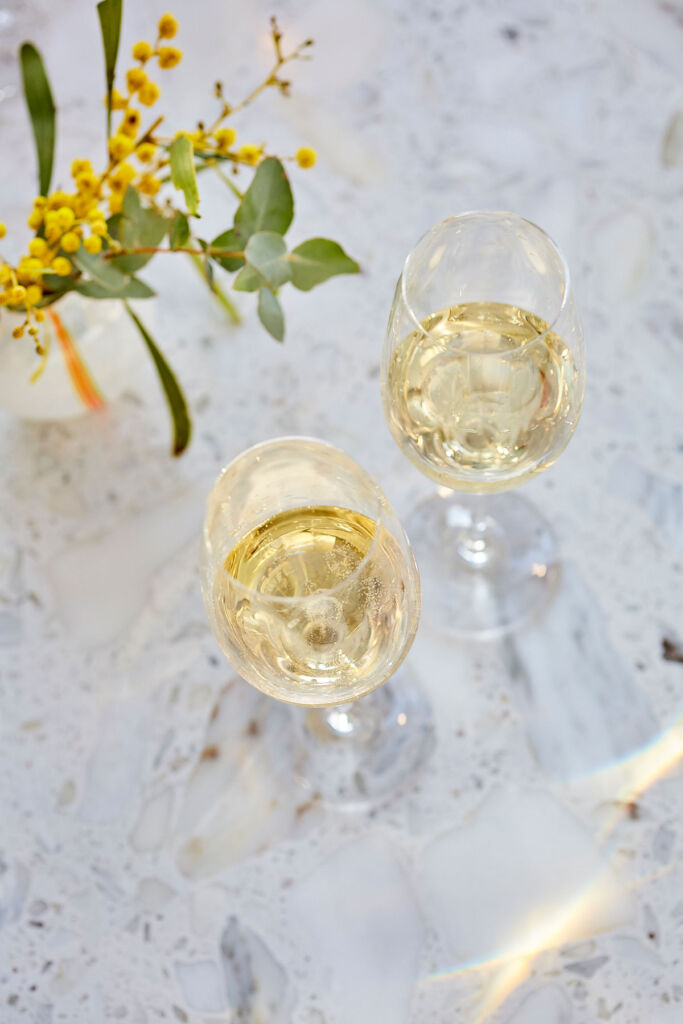 A wine rich in history
A wine rich in history
The Champagne wine-growing area was vast until the end of the 19th century, extending over more than 60,000 hectares. However, in 1863, grape phylloxera reached Europe’s shores. An insect which feeds on the roots of grapevines, drying them out and destroying them. Virtually the whole of the area under the vine was decimated.
In 1898, Growers and the leading Houses worked together to protect their common heritage and founded the Champagne Viticultural Association (AVC). This set about replanting vineyards by grafting the Champagne vine shoot onto an American rootstock, which was resistant to the insect.
From 1814 – 1817, the First World War turned Champagne into a battlefield, and many of its people suffered physical and financial hardship. The war threatened the continued existence of Champagne by endangering not only its sources but also its markets.
It is estimated that around 40% of Champagne’s vineyards were destroyed during WW1. Champagne cellars became shelters, and to this day, graffiti is still evident on some of the cellar walls.
During the Second World War, unlike during the First, the wine production area of Champagne stayed outside of the battle zone. The CIVC (Comité Interprofessionnel du Vin de Champagne) was established in 1941. Winston Churchill famously said to motivate his troops, “Remember gentlemen, it’s not just France we are fighting for; it’s Champagne.”
THE choice for any celebration
Champagne is synonymous with celebration – be it an engagement, a milestone birthday or any special occasion. With 326 million bottles distributed, shipments rose by 1.6% in 2022 compared with the previous year – showing the dynamism of the global Champagne market.
During Covid, 2021 saw a huge rise in Champagne sales, insinuating the return of a certain “Joie de Vivre”.
The tradition of drinking Champagne to mark a celebration originated in the royal courts of Europe in the 18th century, where the drink was a social status symbol associated with luxury and aristocracy.
Over the years, the British Royal family has celebrated countless milestones with Champagne. When Queen Victoria’s daughter, Princess Victoria, married Prince Frederick of Prussia in 1858, Champagne was served at the reception.
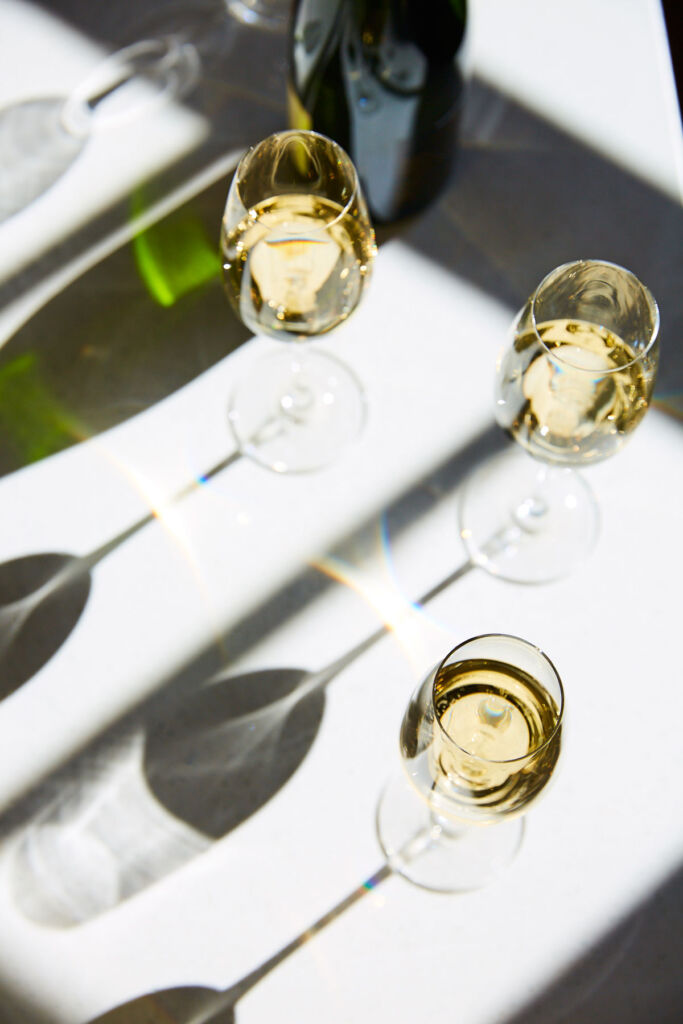 Synonymous with pop culture
Synonymous with pop culture
Champagne has featured prominently in popular culture for many years, whether mentioned in music, famous quotes in many films and series, or fashion. One of the UK’s most famous exports, the fictional spy, James Bond, is portrayed as a frequent drinker of Champagne. The secret agent has been seen enjoying a glass of Champagne more than 15 out of 25 times in his films.
In his movies, many Champagne pairings are highlighted as Bond relaxes with a glass of Champagne with buttered toast and eggs. The richness of eggs pairs perfectly with the lightness of Champagne.
Champagne has been adding a touch of luxury and glamour to the movies for years. The modern Cinderella story of ‘Pretty Woman’ is another iconic movie with an interesting reference to Champagne. One of the most memorable scenes was when Julia Roberts drank Champagne, and Richard Gere advised her to drink it with a strawberry to bring out the flavour of the Champagne.
In fact, strawberries are often paired with Champagne, particularly Rosé Champagne, as the sweetness of the fresh strawberries complements the aromas around notes of freshness or complex wild berry fruit notes in the Rosé Champagne. Both have similar characteristics, being both fruity and crisp.
The list could go on – but Champagne’s reputation has not only remained strong over the years, it has amplified globally. It is still a favourite drink amongst millions of people and is often associated with special occasions, joyful moments, success and positivity.
As Charles Dickens once said: “Champagne is one of the elegant extras in life.”
Read more news and features about the wine industry here.
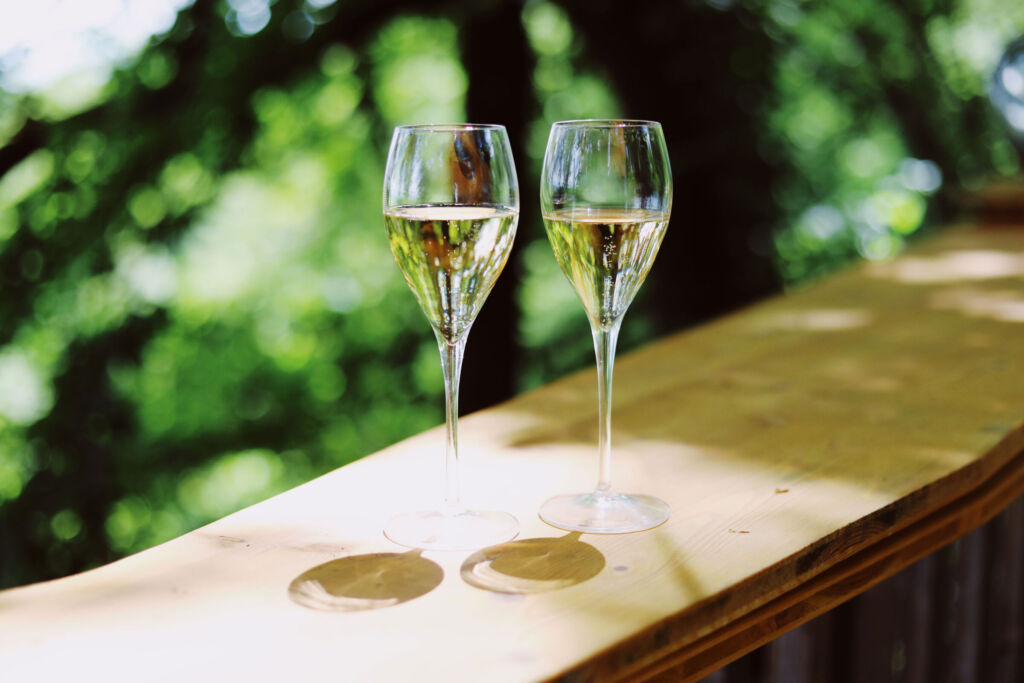
![]()

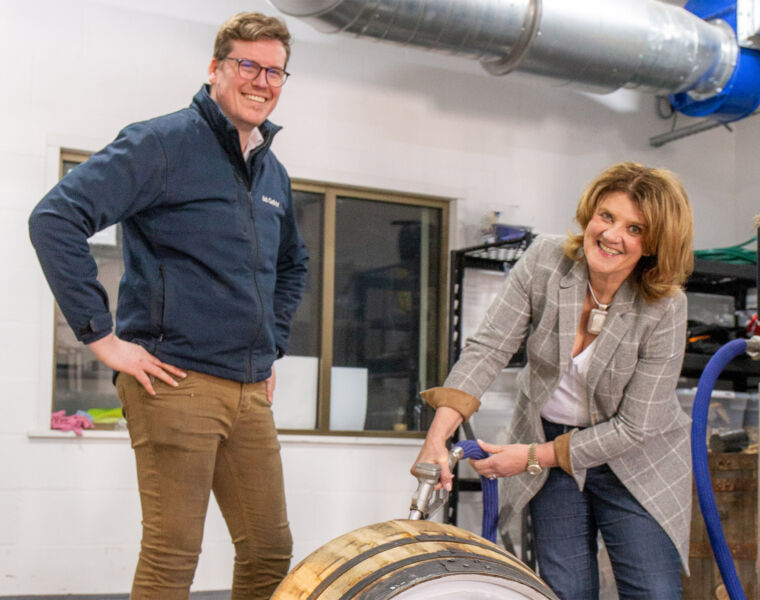
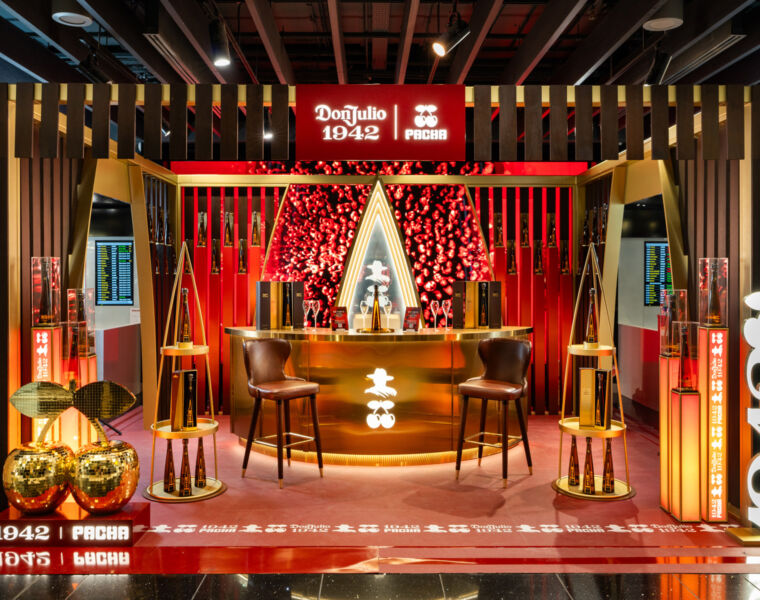
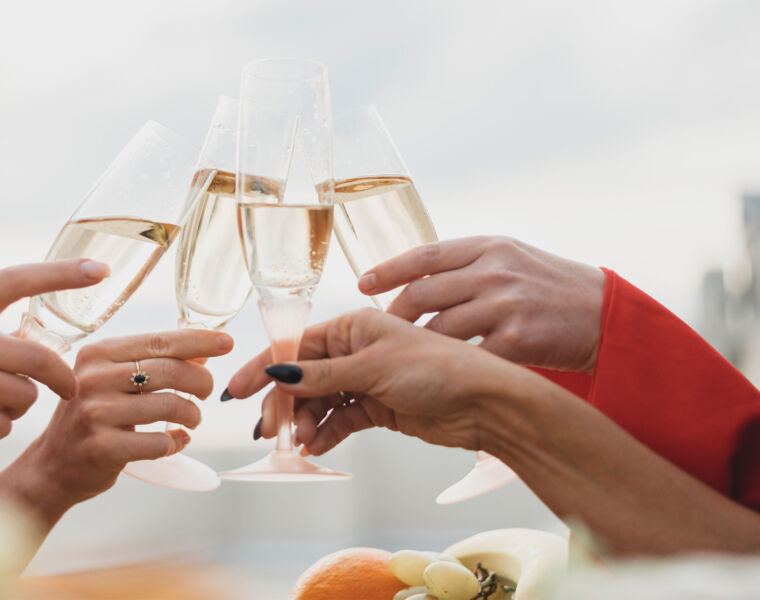
You must be logged in to post a comment.